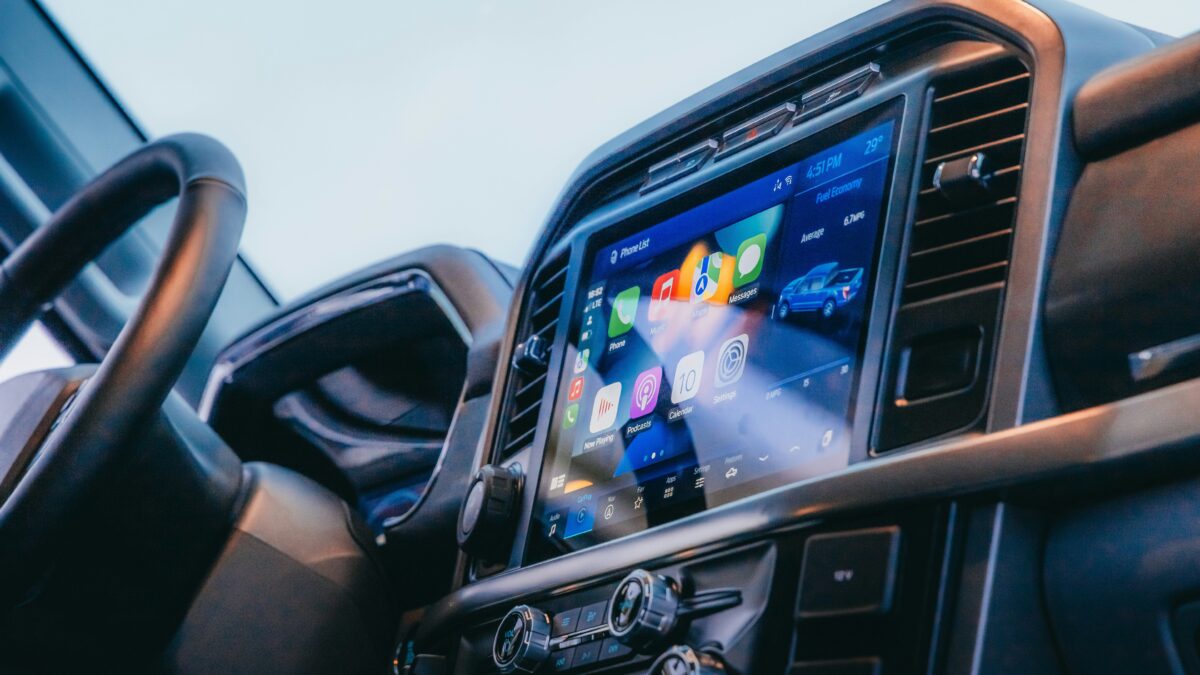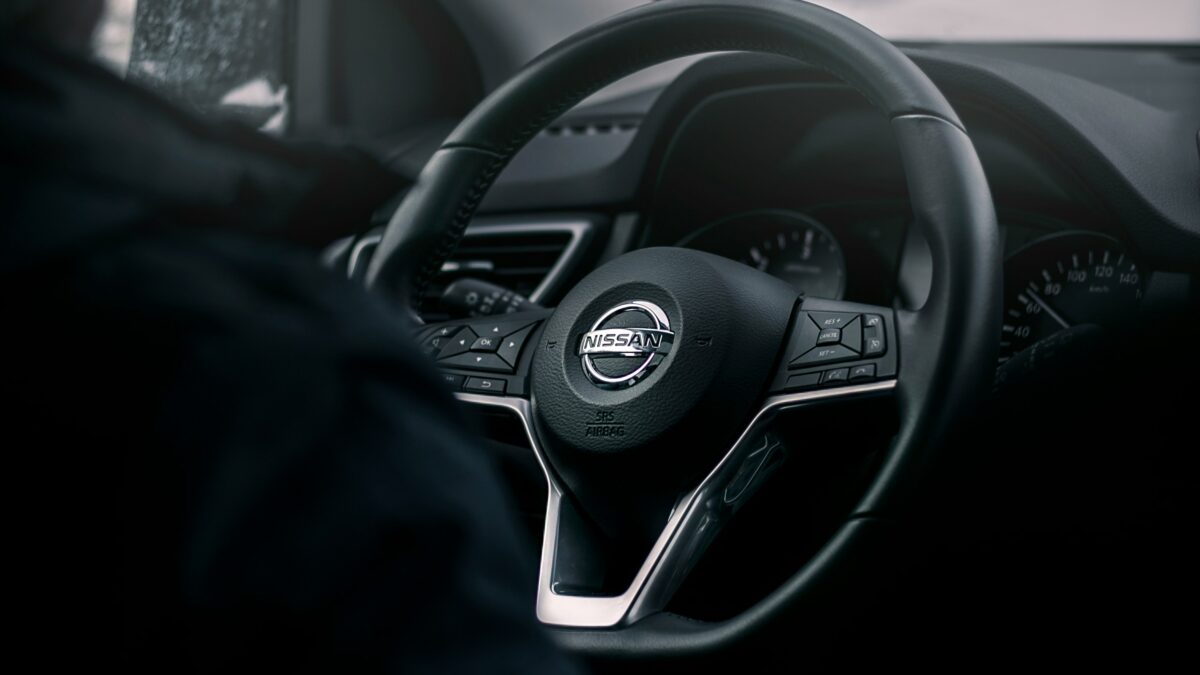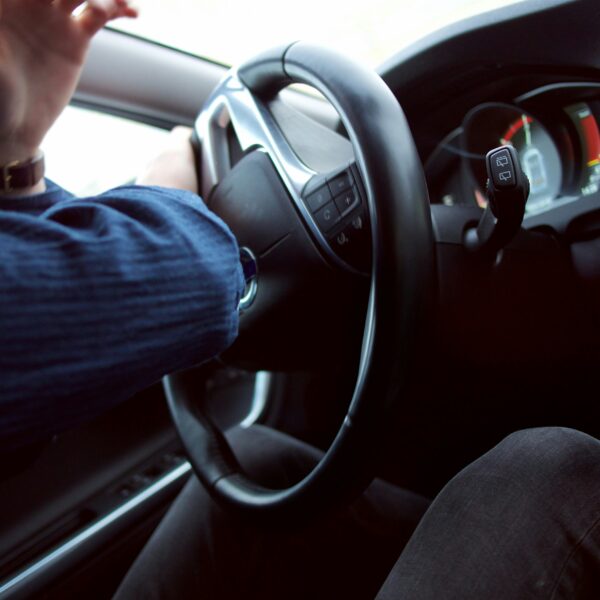Are Touchscreens Undermining the Joy of Driving?
Touchscreens have become ubiquitous in modern cars, offering sleek interfaces and advanced features. However, their integration has sparked a debate among automotive enthusiasts and experts alike. Are touchscreens enhancing the driving experience, or are they ruining cars?
The Debate: Do Touchscreens Diminish the Driving Experience?
Proponents of touchscreens in cars emphasize the intuitive interface and user-friendly design that many touchscreen systems offer. With just a tap or swipe, drivers can adjust settings such as climate control, audio playback, navigation, and more, all without the need for physical buttons or knobs. This streamlined approach to vehicle control is seen as a significant advancement in automotive technology, catering to the preferences of modern consumers who are accustomed to touch-based interfaces in their everyday devices.
On the other hand, critics argue that touchscreens introduce unnecessary complexity and cognitive load into the driving environment. Unlike traditional physical controls, which can be operated through muscle memory and tactile feedback, touchscreens require visual attention to locate and interact with on-screen elements. This visual diversion, even if momentary, can detract from the primary task of driving and increase the risk of driver distraction.
Let’s delve into this topic and explore both sides:
Pros:
- Enhanced user experience: Touchscreens provide intuitive controls for navigation, entertainment, climate control, and more, improving user interaction within the vehicle.
- Modern aesthetic: Touchscreens contribute to the futuristic look and feel of modern car interiors, appealing to tech-savvy consumers.
- Flexibility and customization: Touchscreen interfaces allow for flexible layouts and customizable features, empowering drivers to personalize their driving experience.
Cons:
- Distraction risk: Critics argue that touchscreens can be distracting, requiring drivers to take their eyes off the road to interact with the interface, potentially leading to accidents.
- Reliability concerns: Touchscreens may suffer from reliability issues, such as laggy response times, software glitches, and screen freezes, affecting the overall usability of the vehicle.
- Lack of tactile feedback: Unlike physical buttons and knobs, touchscreens lack tactile feedback, making it difficult for drivers to operate them without visual confirmation, increasing the cognitive load.
Looking ahead
As we look ahead to the future of car technology, it’s clear that touchscreens are here to stay as a prominent feature in modern vehicles. However, the landscape of in-car interfaces is constantly evolving, driven by ongoing advancements in tech and changing consumer preferences. While touchscreens have become a familiar sight in automotive interiors, there is still room for innovation and improvement to address some of the limitations and concerns associated with their use.
One area of development that holds promise for the future of in-car interfaces is voice recognition technology. Voice commands offer a hands-free alternative to touchscreen interaction, allowing drivers to control various functions without taking their hands off the steering wheel or their eyes off the road. As voice recognition technology continues to improve in accuracy and responsiveness, it could become an increasingly viable option for hands-free operation of in-car systems.
Another emerging technology that could shape the future of car safety is gesture control. By detecting hand movements and gestures, gesture control systems enable drivers to interact with in-car displays without physical contact, reducing the need for manual input via touchscreens. While still in the early stages of development, gesture control has the potential to offer a more intuitive and natural way of interacting with vehicle interfaces, further enhancing the driving experience.
Lastly, augmented reality (AR) interfaces represent an exciting frontier in automotive technology. AR overlays digital information onto the driver’s field of view, providing real-time guidance and contextual information without the need to divert attention away from the road. By integrating AR into vehicle dashboards and head-up displays, carmakers can enhance situational awareness and deliver relevant information to drivers in a non-intrusive manner
The impact of touchscreens on driver safety
A recent study found that drivers using touchscreens diverted their attention from the road for up to 16 seconds. This duration equals driving over 500 meters at 70 mph. What’s more alarming is that reaction times were worse than when texting while driving.
While the hope is to continually mitigate some of the distractions associated with traditional touchscreen interfaces, there is still some work to be done. Automakers must continue to innovate and integrate advanced technologies into vehicles, while striking a balance between technology and driver safety.

















